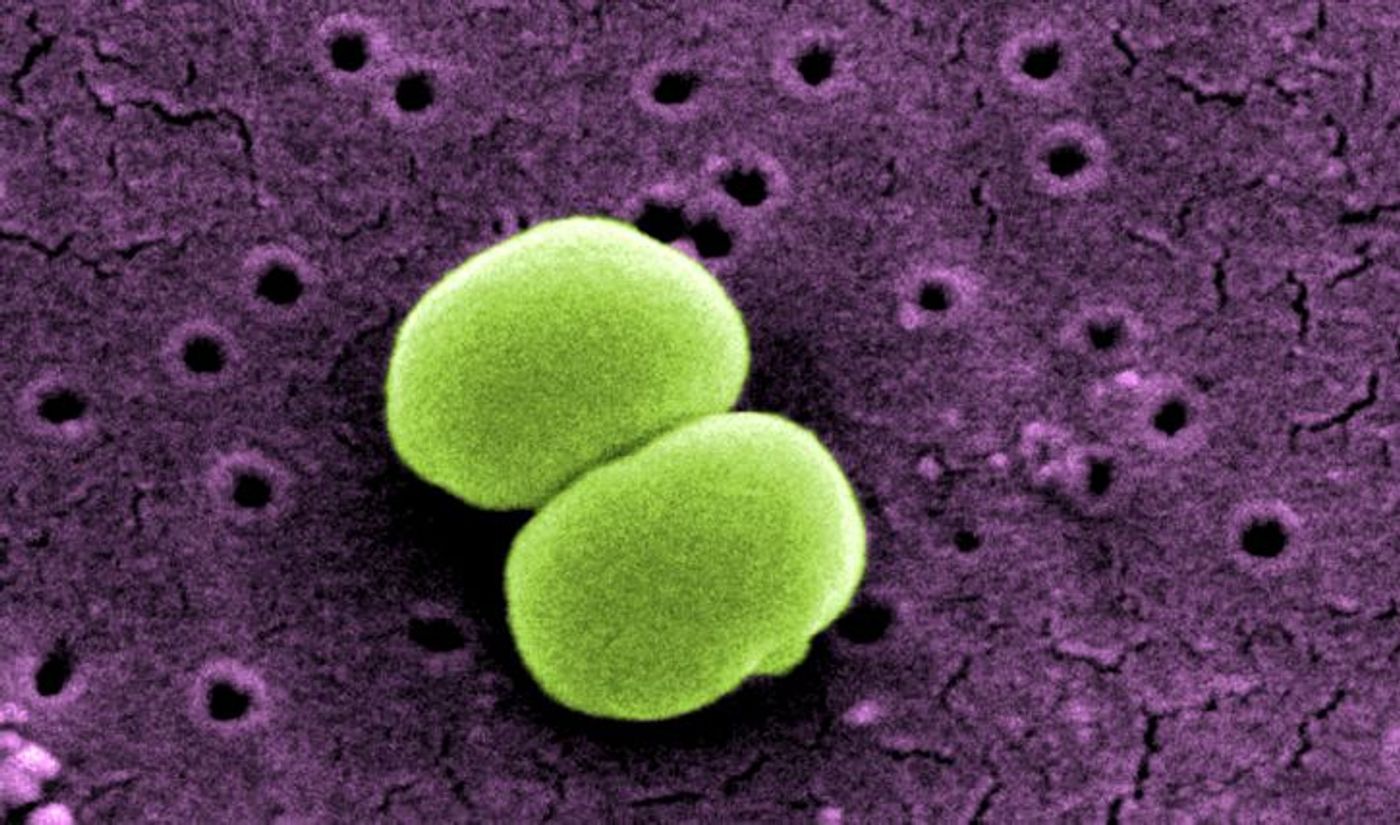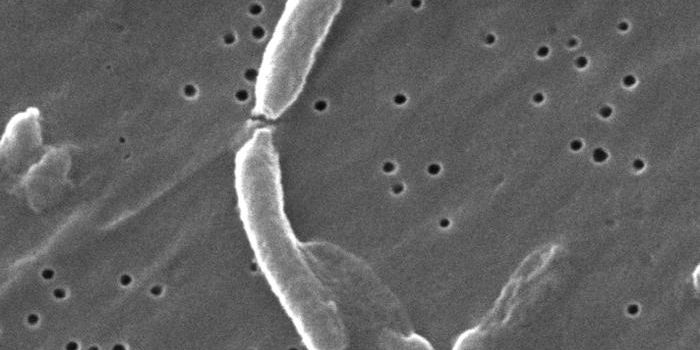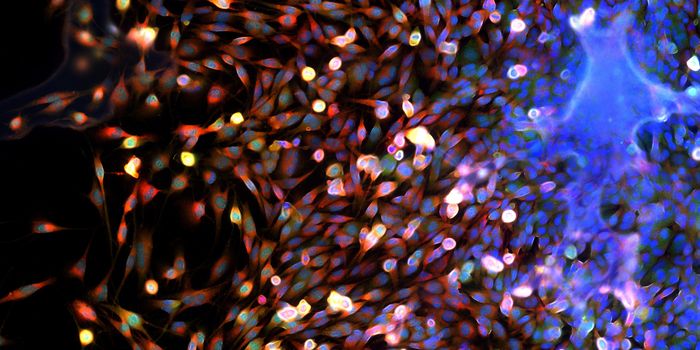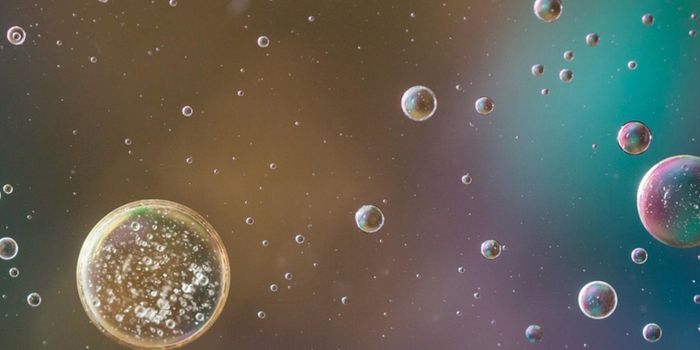Microbes in the Human Body Can Swap Genes, Even Across Tissues
Bacteria are all around us. They live on and inside of our bodies, and those microbes are able to easily share genes with one another in a process called horizontal gene transfer. Researchers have found that the bacteria we host in our bodies can share some genes more quickly inside the human body than what is usually seen in nature. The findings have been published in Scientific Reports.
In this work, the investigators employed a data-mining approach originally developed by Kyung Mo Kim of the Korea Polar Research Institute. University of Illinois Professor Gustavo Caetano-Anollés refined the method with Arshan Nasir, who is now a Distinguished Fellow at the Los Alamos National Laboratory in New Mexico. They were able to determine when horizontal gene transfer, the direct movement of genes among organisms without asexual or sexual reproduction, was happening. The process of horizontal gene transfer is described in the video.
"Horizontal gene transfer is a major force of exchange of genetic information on Earth," Caetano-Anollés said. "These exchanges allow microorganisms to adapt and thrive, but they are likely also important for human health. There are some bacteria that cannot live outside our bodies and some without which we cannot live."
"A better understanding of this phenomenon also will have significant public health value, since the emergence of multidrug-resistant pathogens as a result of the horizontal spread of antibiotic-resistant genes has become a global concern," added Nasir.
The scientists were able to use the genomic data they gathered to create tens of thousands of bacterial family trees, focusing on microbes that live in the human body. Through a comparison of these trees, they were able to figure out which genes were passed through inheritance, and which moved through horizontal gene transfer.
"Most current methods for determining horizontal gene transfer compare DNA features or statistical similarity between genomes to identify foreign genes," Nasir said. "This works fairly well for relatively recent gene transfers, but often fails to identify transfer events that occurred millions or billions of years ago."
In this focused approach, the researchers were able to find those distant instances of transfer.
"We studied human-associated microorganisms, since they are known to be key players in maintaining human health and metabolism," Nasir said. "We calculated gene-transfer rates and direction - who transferred what to whom - for more than 1,000 reference bacterial genomes sampled by the National Institutes of Health Human Microbiome Project."
The bacteria samples were obtained from the skin, mouth, blood, gut, urogenital tract and airways of volunteers. The findings, noted Caetano-Anollés, supports earlier work suggesting that bacteria that live with humans tend to share their genes a lot.
"The horizontal exchange between microbes in our bodies is about 30 percent higher than what you'll find on the rest of the planet," he said. "This implies that our bodies provide a niche that is unique and facilitates innovation at the microbe level."
While bacteria shared about 40 percent of the swapped genes in the same part of the body, about 60 percent of the shared genes were being transferred between bacteria that were residing in different tissues, such as between microbes in the blood and the guts. Gene transfer tended to happen with microorganisms that were closely related, whether they resided in the same tissues or not. The rate of gene sharing was higher among microbes in different parts of the body than microbes that were at the same site but were only distantly related.
"Some of these could be very old gene transfer events that happened before the microbes colonized the human body," Nasir said. "It also could be that some bacteria colonize different human body sites at different time points in an individual's lifespan. The others could be the result of the transfer of bacterial DNA from one site to another, perhaps through the blood. We need further experimental evidence to test this tantalizing possibility."
Sources: AAAS/Eurekalert! via University of Illinois at Urbana-Champaign, Scientific Reports









